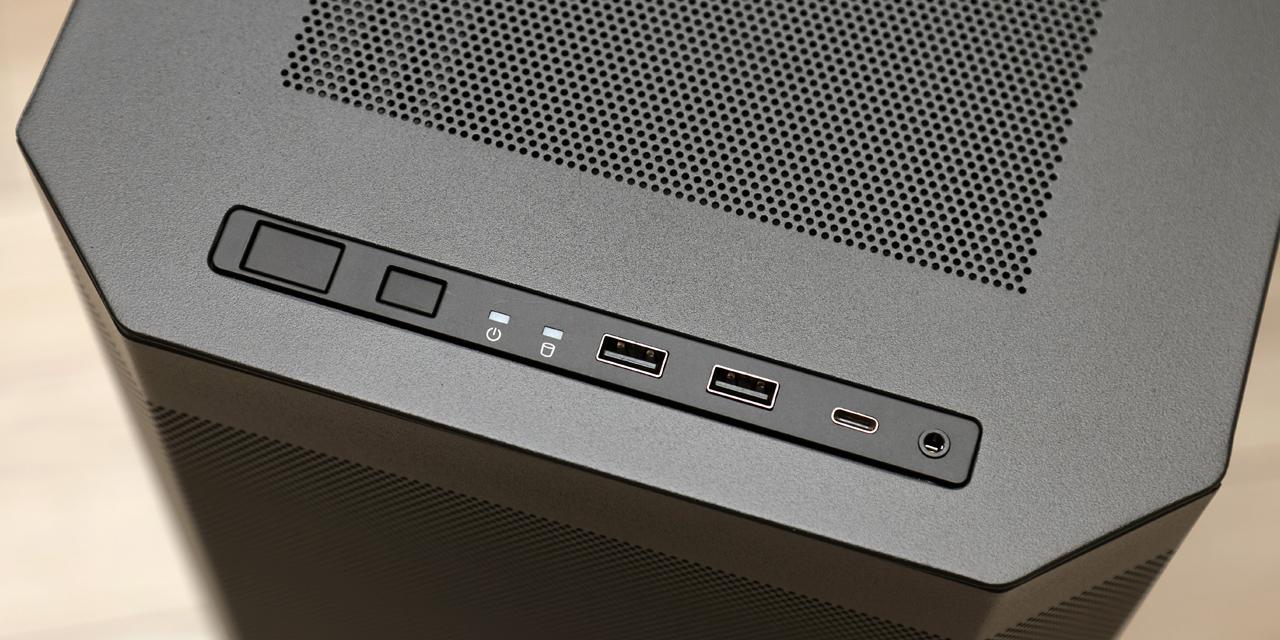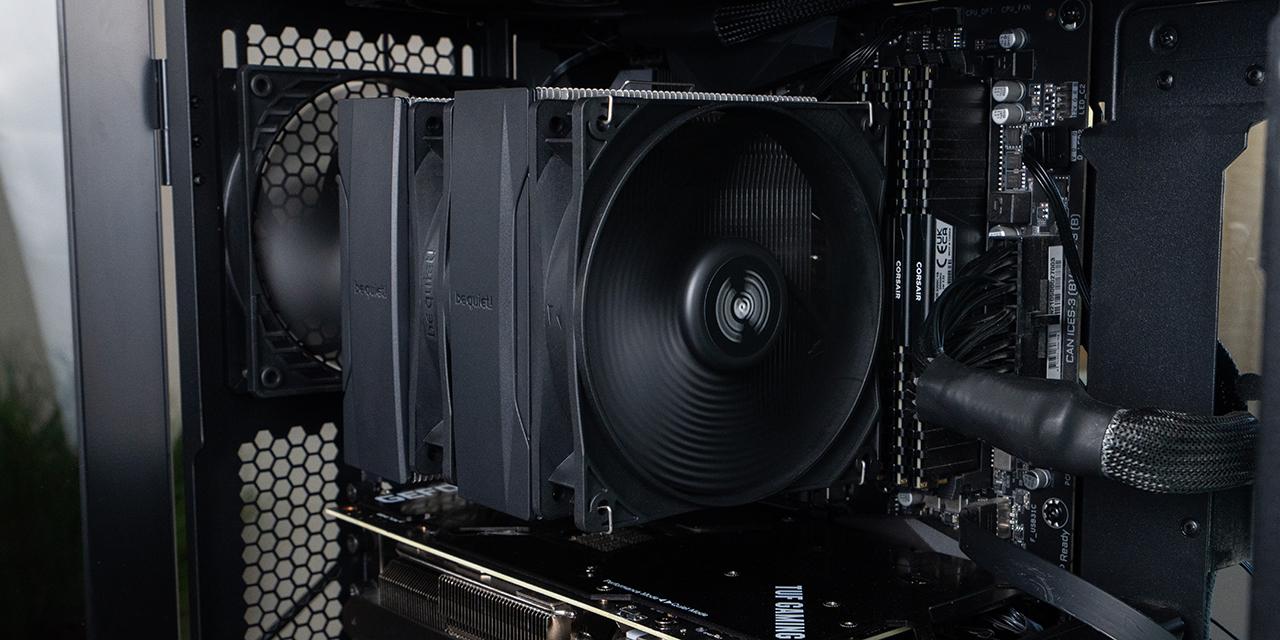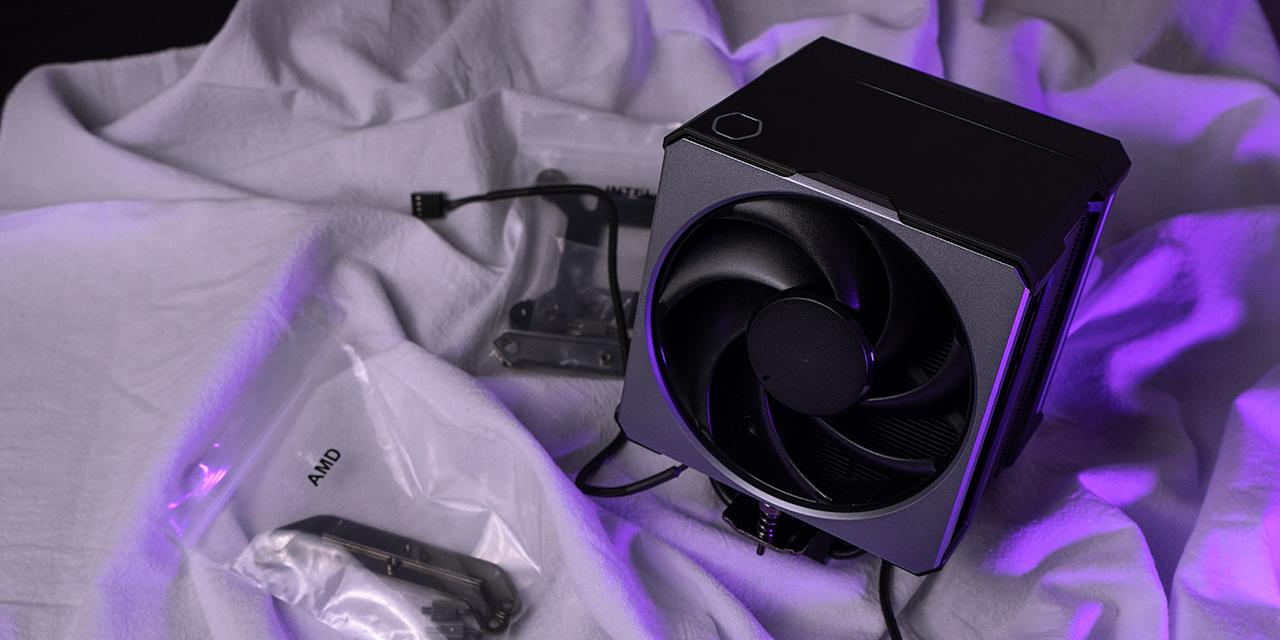Page 2 – A Closer Look, Installation, Test System

The Kingston HyperX Fury HX318C10FK2/16 2x8GB is part of a new line of Kingston DDR3 RAM, aimed at the budget-friendly audience. However, looking at the unit itself, I would not call this dual memory unit budget; at least not by aesthetics. As you can see in the picture above, the words “Fury” and “HyperX” are on one side. A sticker with model number and other specification information is on the opposite side too. At the top edge of the RAM is more branding of Kingston’s HyperX name, just in case you forgot what company made the HyperX Fury. The HyperX Fury offers a low- to mid-profile aluminum heatspreader. While it may not exactly resemble anything, its sleek metallic design looks quite pleasing to the eye. Of course, you probably will not see your RAM modules much unless you have a window or a hole in your case. This design, while not the most basic of heatspreaders, offers a conservative look, with some small gills near the middle of the unit. Thankfully, the entire unit is still quite short compared to some other DDR3 RAM modules we have reviewed, such as the Kingston HyperX Predator we reviewed two years ago. Thus, the two sticks of the Kingston HyperX Fury HX318C10FK2/16 2x8GB should not really get in the way of any CPU cooler you have. While you can probably call these heatspreaders a gimmick, majority of RAM today have them. They do serve a purpose to dissipate heat, but for most memory modules, this feature is not a requirement. With integrated memory controllers on Intel processors nowadays, overheating is not an issue, since they can never run at a high voltage. But the good thing is that you can match the RAM with your motherboard for color schemes, as there are other colors available as aforementioned. The heatspreader design of the Kingston HyperX Fury HX318C10FK2/16 2x8GB is only slightly asymmetrical, as there are memory ICs located on both sides of the black PCB.

Popping off the heatspreaders, we can see the nice and sleek black PCB that lies underneath. The heatspreader is made up of interlocking pieces linked at the top of the unit. The two blue aluminum spreaders overlap each other in three areas, which have small clip-like locks. It is held to the unit itself via a strip of thermally conductive adhesive. The adhesive force between the heatspreaders and the memory IC is not exactly strong, but if you do want to remove it, make sure you have a hair dryer around to unstick the adhesive. The entire piece is actually quite thin, again to increase heat dissipation. As I have mentioned before, this unit is not very tall, and should be able to fit under most aftermarket processor coolers. If you really need to, you can remove the heatspreaders altogether, as they are not necessary, due to the aforementioned limitations.

Getting into the PCB, we can see each of the memory chips on the Kingston HyperX Fury HX318C10FK2/16 2x8GB DDR3 dual channel memory kit. The photo above is not necessarily the clearest, but I know it says “4JE77 D9QBJ”. You might be saying, “Hey Aaron, that is an eight, not a B” but you will also realize that Micron, the manufacturer of these chips, does not actually have such a memory IC with the corresponding model number or FBGA code. Trust me, it took a while before I could finally the actual data sheet because of this misread. As I have already reported, these are Micron manufactured chips, with eight 512MB chips on each side for a total of 8GB on each memory module. As mentioned on a previous page, these RAM modules run at a frequency of DDR3-1866 with 10-11-10-30 latencies at 1T command rate. They operate at a stock voltage of 1.5V, which is lower than the Core i3/i5/i7 maximum safe limit of 1.65V. Below is a table of specifications for the ICs, as obtained from Micron’s website. Before I get to it, I should mention there is a low-voltage version of Micron’s IC, which is why there are two voltages listed on the specifications.
- VDD = VDDQ = 1.35V (1.283–1.45V)
- Backward compatible to VDD = VDDQ = 1.5V ±0.075V, supports DDR3L devices to be backward compatible in 1.5V applications
- Differential bidirectional data strobe
- 8n-bit prefetch architecture
- Differential clock inputs (CK, CK#)
- 8 internal banks
- Nominal and dynamic on-die termination (ODT) for data, strobe, and mask signals
- Programmable CAS (READ) latency (CL)
- Programmable posted CAS additive latency (AL)
- Programmable CAS (WRITE) latency (CWL)
- Fixed burst length (BL) of 8 and burst chop (BC) of 4 (via the mode register set [MRS])
- Selectable BC4 or BL8 on-the-fly (OTF)
- Self refresh mode
- TC of 0°C to +95°C; 64ms, 8192-cycle refresh at 0°C to +85°C; 32ms at +85°C to +95°C
- Self refresh temperature (SRT)
- Automatic self refresh (ASR)
- Write leveling
- Multipurpose register
- Output driver calibration

Our test configuration is as follows:
CPU: Intel Core i5-4670K @ 3.4GHz
CPU Cooling: Stock cooler
Motherboard: Gigabyte Z87X-D3H
Graphics: EVGA GeForce GTX 760 2GB
Chassis: Silverstone Precision PS10
Storage: Western Digital Blue EZEX 1TB
Power: Cooler Master V1000 1000W
Optical Drive: LiteOn iHAS124-04 24X DVD Writer
Operating System: Microsoft Windows 8.1 Professional x64
Compared Hardware:
- Kingston HyperX Fury HX318C10FK2/16 2x8GB @ DDR3-1866 10-11-10-30
- G.Skill Ripjaws-X F3-12800CL9D-8GBXL 2x4GB @ DDR3-1600 11-11-11-30
Page Index
1. Introduction, Packaging, Specifications
2. A Closer Look, Installation, Test System
3. Benchmark: AIDA64 CPU
4. Benchmark: AIDA64 FPU
5. Benchmark: AIDA64 Memory
6. Benchmark: PCMark 8
7. Benchmark: 3DMark
8. Benchmark: PassMark PerformanceTest 8.0
9. Benchmark: SuperPI 1M, Cinebench R15
10. Overclocking and Conclusion





